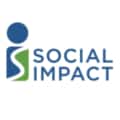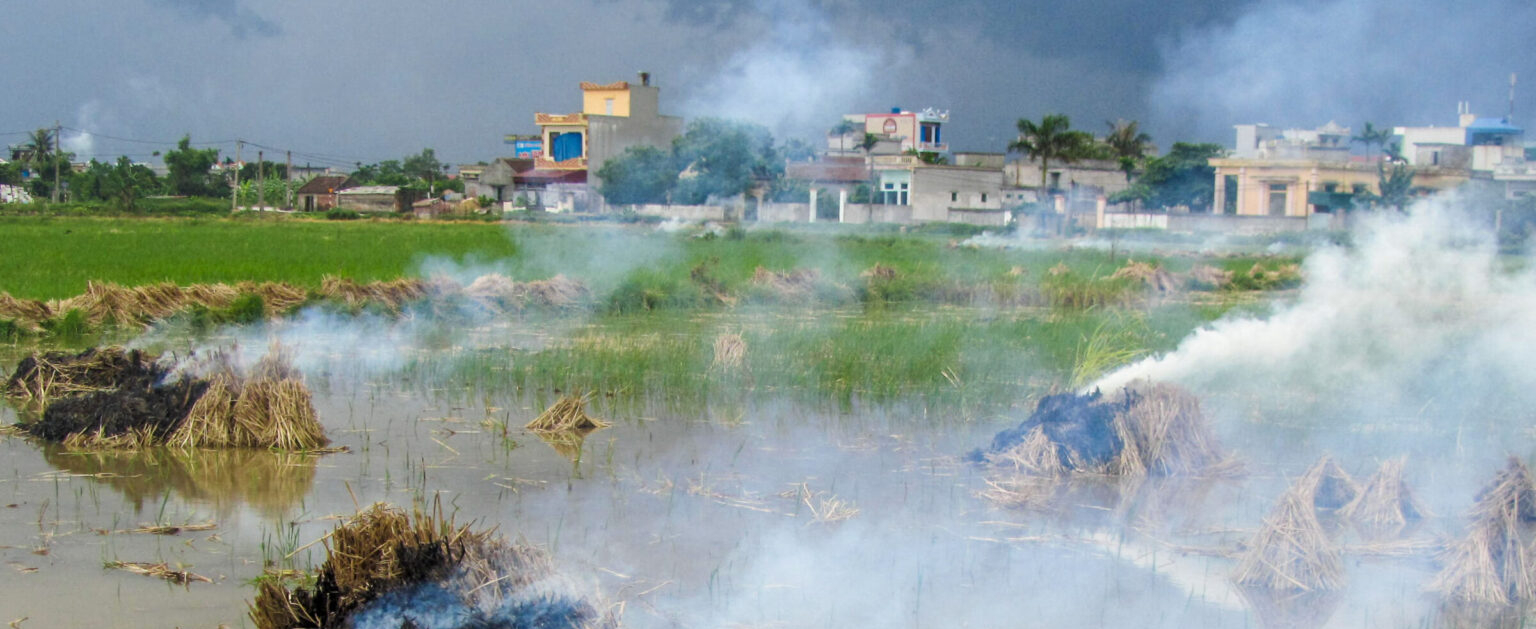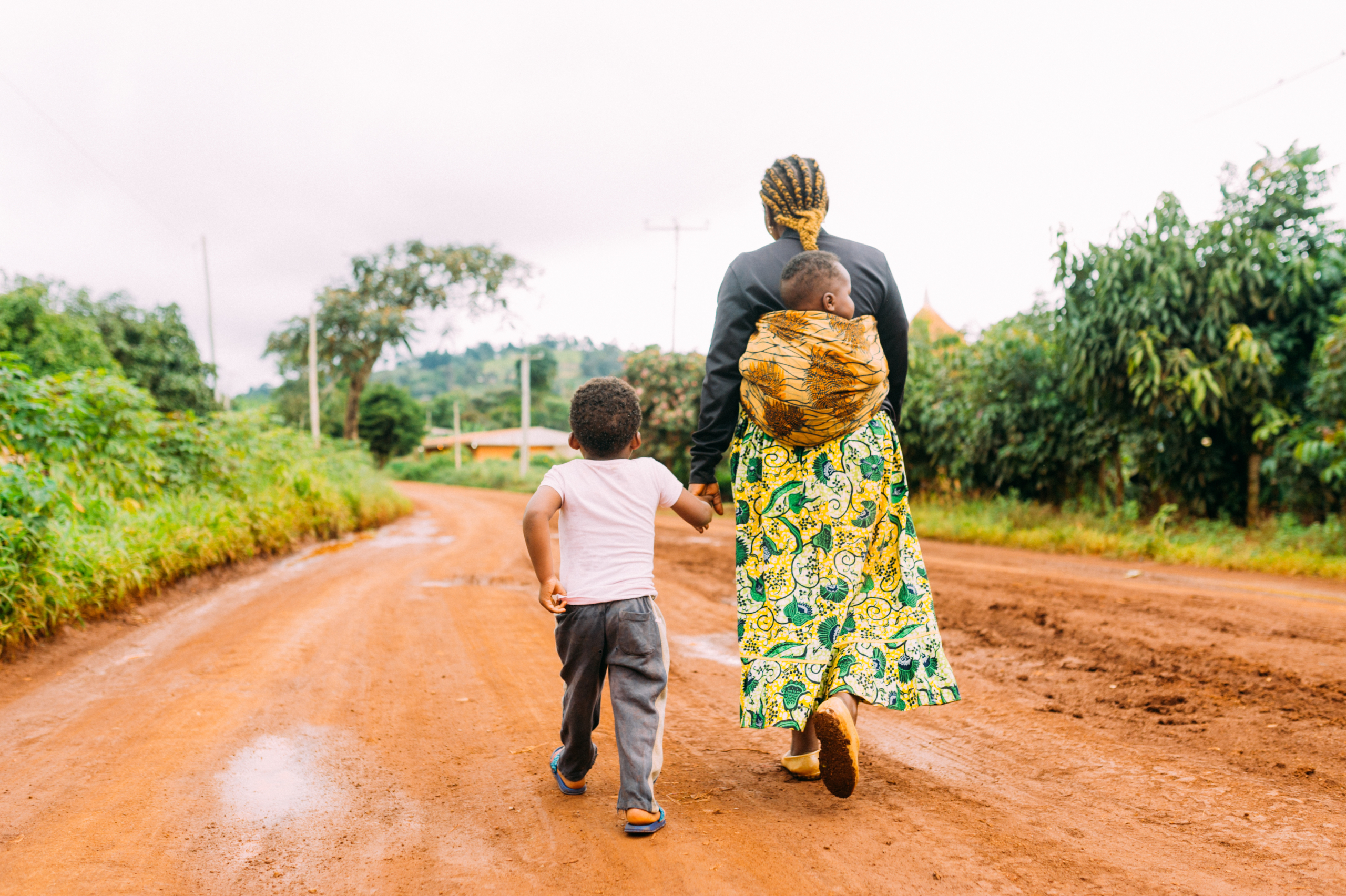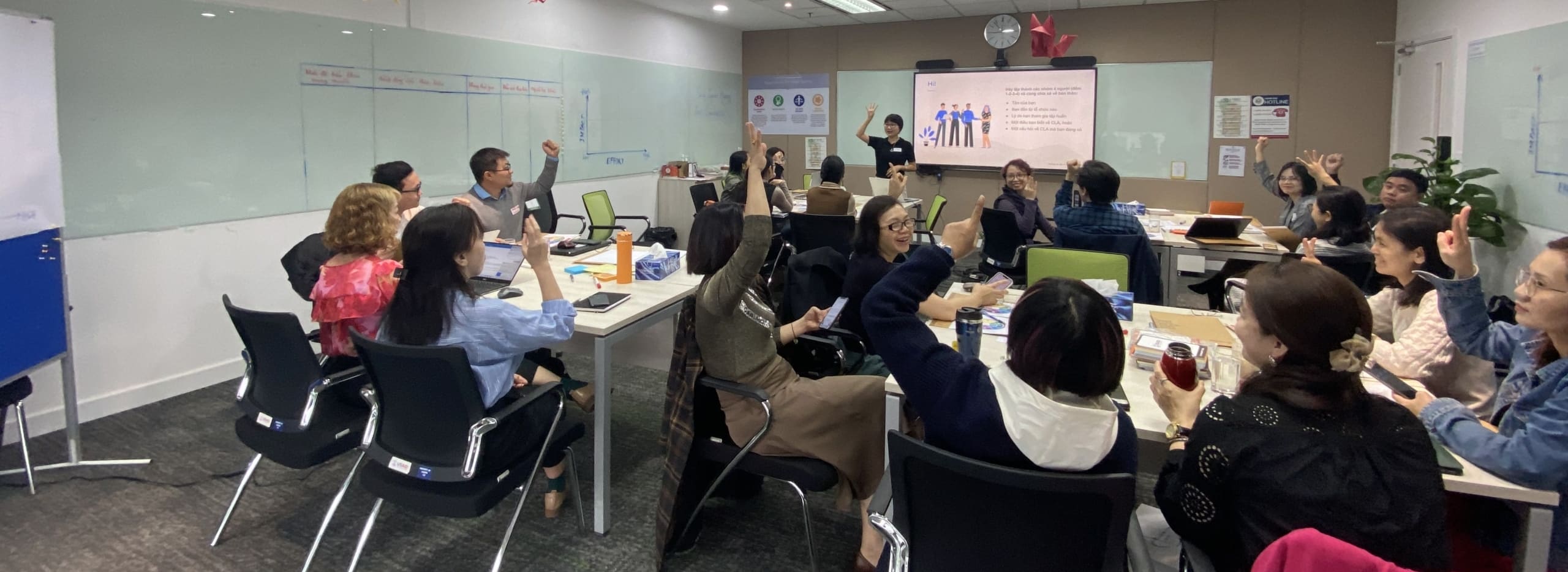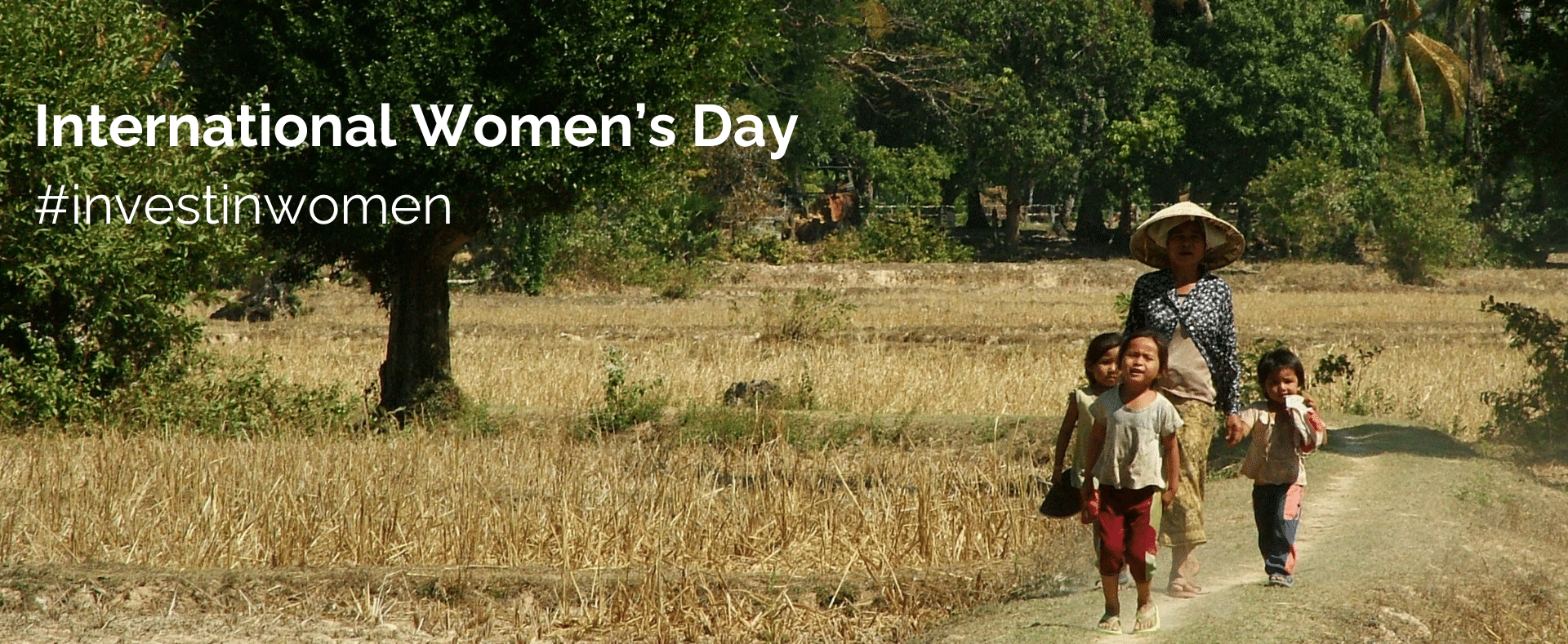The draft USAID Policy Framework provides opportunities to strengthen Program Cycle processes for greater inclusion and results. It’s time that we apply the lessons learned from 60+ years of development programming to deliver on localization. These lessons reflect:
- Benefits of local involvement in strategy and activity design, implementation, and adaptation
- Greater uptake and ownership through needs-based – rather than imposed – priorities
- Asking rather than telling in order to elicit local knowledge and experience
- The multiple non-financial dimensions of sustainability
- Building methodological rigor, compliance, and accountability
In many cases, USAID and its partners are applying these lessons. However, as the draft Framework points out and some practices demonstrate, there is a need to be more “intentional” in using local knowledge to build upon existing capacity and achieve development outcomes. There is also a need for specific, practical approaches to implement the new policy.
The Program Cycle can help structure these approaches for Agency staff, Implementing Partners (IPs), host governments, the private sector, civil society, and the inter-agency. By optimizing Program Cycle processes – recasting them as opportunities rather than burdensome tasks – we can realize gains in localization and capacity development that have been on the development agenda for decades.
How did we get here?
The new Policy Framework is not the first time USAID has promoted localization, and it won’t be the last. From the “Relief to Development Continuum” to USAID Forward and the Local Systems Framework, to the Journey to Self-Reliance and the 2021 Local Capacity Development Policy, USAID has repeatedly elevated local ownership.
Global initiatives have also stressed localization in the following ways:
- Supporting civil society groups as key development actors and constituencies for reform or devising new capacity development metrics in the 1990s,
- The Paris Declaration on Aid Effectiveness of 2005 that took “far-reaching and monitorable actions to reform the ways we deliver aid,”
- The 2008 Accra Agenda for Action’s four un-realized priorities on ownership, inclusive partnerships, delivering results, and capacity development, and
- The Millennium and Sustainable Development Goals of 2000 and 2015.
Given this history and stated commitment, how can we leverage Program Cycle processes to accelerate localization, capacity development, and accountability?
For starters, recall that an original Program Cycle principle was “Promote Sustainability through Local Ownership.” In practice, this should mean: Interrogate every point on the Program Cycle through business process analysis, and use stakeholder mapping to understand who’s involved—and how—and who is excluded.

Then, equipped with improved understanding, ask the following questions at every point on the Program Cycle:
- How can we engage more effectively with local stakeholders?
- What barriers inhibit local participation and how can we remove them?
- What capacity development activities can we integrate into this Program Cycle process to strengthen local partners’ technical capacity, internal operations, collaboration, and effectiveness in their local system?
- How are we capturing and documenting local knowledge and applying it to process improvement? For example, do we hold After Action Reviews (AARs) to capture what we learned about localization, capacity development, and risk mitigation? Do we involve local partners in these AARs to model transparency and benefit from their insights?
We will interrogate Program Cycle process-specific questions in Part 2 of this blog series.
Author: Elise W. Storck, Vice President and Senior Technical Advisor, Social Impact, Inc.
Photo by: USAID

